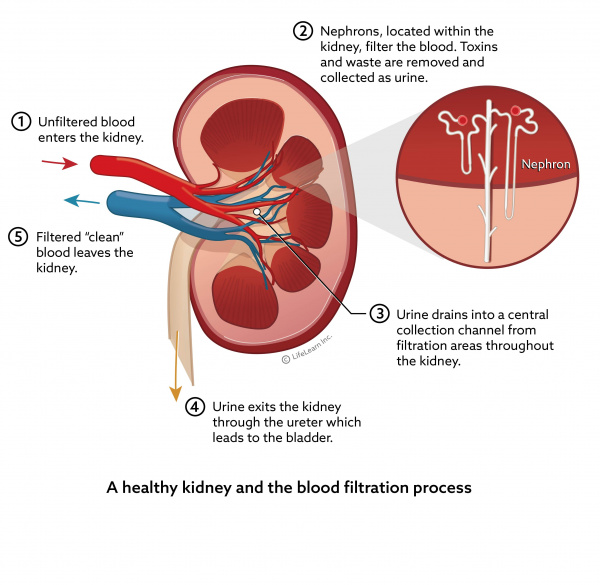Every year, millions of people battle kidney disease. There are many different types of this disease, but the most common, which is increasing every year at a rate of six to eight percent, is chronic kidney disease.
Chronic kidney disease (CKD) attacks the kidneys slowly and progressively over a period of time. It can take years for the damage to these organs to be noticeable because there are no symptoms, which is why the disease is often called the “silent killer.”
Other forms of kidney damage include acute kidney disease, which occurs suddenly due to an injury, infection or ingesting a toxin. Congenital kidney disease is present at birth, but may also not produce any symptoms until a person is in their 20s or 30s.

Kidney disease goes through several stages, with the final stage being end-stage kidney disease (ESKD), also referred to as end-stage renal www.kidneydiseasefactsheet.com disease (ESRD). According to the World Health Organization, an ageing population, and increasing rates of type 2 diabetes and hypertension are driving the increase of ESRD. Currently, there are over 1.4 million people on life-saving dialysis (mostly in high-income countries), and the number is growing by about eight percent every year.